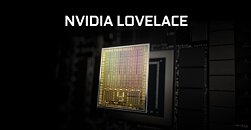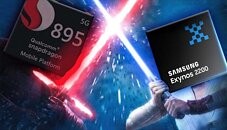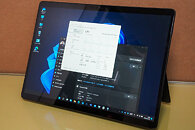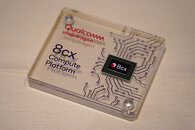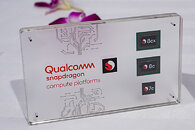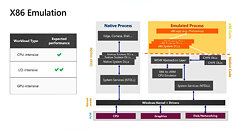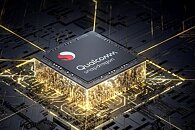Impact of Components Shortage on Whole Device Shipments Continues, PCs and Notebooks Least Affected, Says TrendForce
Driven by forces such as the pandemic, geopolitics, and the digital transformation of everyday life, there has been a shortage of global foundry production capacity for nearly two years and shortages have been especially severe for mature 1Xnm~180nm nodes, according to TrendForce's investigations. Although all foundries are furiously increasing capital expenditures to expand capacity, unrealized future expansion does not ease existing supply issues. In addition, the uneven distribution of supply chain resources that has exacerbated the shortage of parts and components has yet to be definitively alleviated. Circumstances as a whole will continue affecting shipments of related whole devices. Only the PC category is expected to emerge largely unscathed in 1Q22.
Moving into 1Q22, TrendForce states, due to the limited increase in production capacity, the market's supply situation is expected to be approximately the same as in 4Q21. However, some end products have entered their traditional off-season cycle and the slowdown in demand momentum is expected to alleviate the immediate pressure on OEMs and ODMs regarding supply chain stocking.
Moving into 1Q22, TrendForce states, due to the limited increase in production capacity, the market's supply situation is expected to be approximately the same as in 4Q21. However, some end products have entered their traditional off-season cycle and the slowdown in demand momentum is expected to alleviate the immediate pressure on OEMs and ODMs regarding supply chain stocking.







































